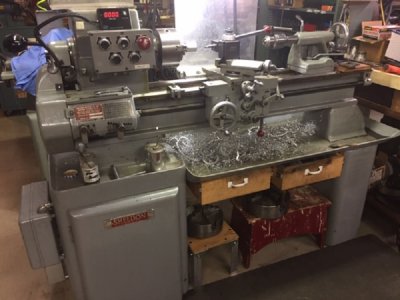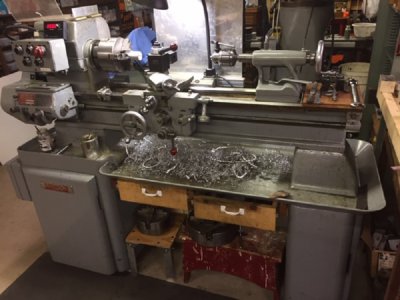- Joined
- May 27, 2016
- Messages
- 3,469
Absolutely! About using domestic lighting switches, you said it all.A beautiful design. I have seen several Rick Sparber spots, nice work all.
What I would comment on here is the particular switch used and its' limitations. First of all, that design switch is available in two pole for use on 240 Volts. In the UK and other 240 volt line countries however, a two pole switch isn't usually necessary. A phase to neutral connection is the norm.
Now, the down side to my remarks. The contacts in any "light" switch are not rated for motor use any larger than a pedestal fan. A "Dremel" is fine, a drill press isn't. A lathe or table saw is out of the question, don't even consider it.
There is a reason why there are switches specifically intended for motors. Particularly, there are design features in contactors to make them suitable for switching inductive loads. A machine motor is an inductive load. In concept a contactor is just a "relay", but a special one. When the armature of the contactor pulls in it in effect makes short bars contact on both ends. Also, you are switching both the line, and the neutral return.
There is a whole class of contactor we hobby machinists don't need, known as "safety relays" where internally, all connections circuits go through two breaks in series, just in case one welds closed, and all normally open switches are internally two switches in parallel, just in case one stays open. All they do is switch other contactors or SSRs. Safety relay systems just for policing E-stops can get complicated, and very, very costly!
Like I said - we don't need them, but we do need to be realistic about how motor starting and stopping works, and use something up to the job. They need not be expensive. Most of us manage with motors less than 2HP.
I guess I have a bit of a bias, now that I no longer tangle with 150HP motors pumping jet fuel. Even for the "very small" motors that drive my lathes, I would never consider a domestic resistive load lighting switch. White things with rockers? No thanks!



